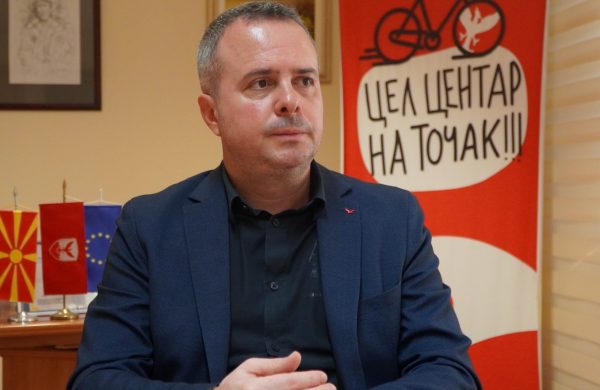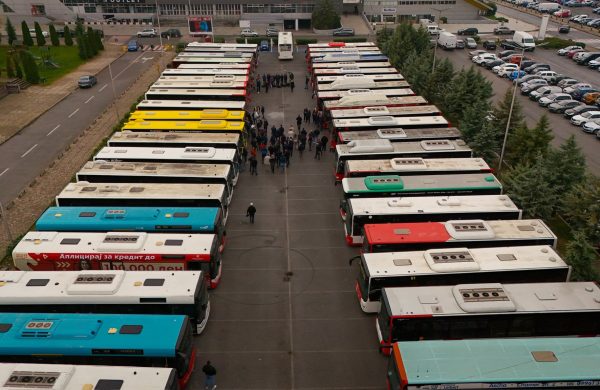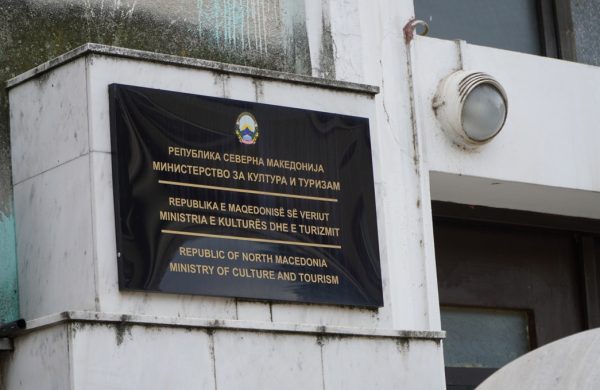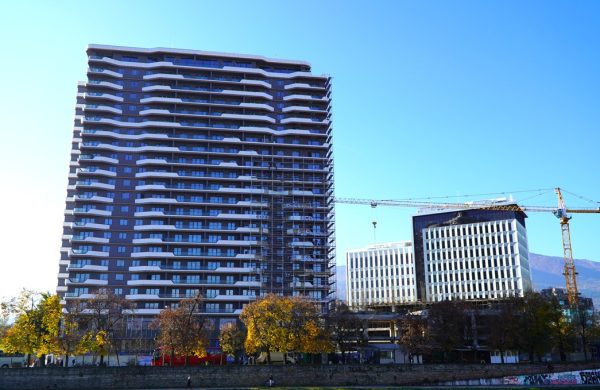Among all 80 municipalities in Macedonia, the highest amount of funds will be spent by Karpos, whereas the lowest budget is disposed by Planica. This year, the City of Skopje plans to spend a total of 112 million EUR, representing 15% of total funds to be spent by all local governments.
In Skopje, city administration and municipalities will spend a total of 268 million EUR, i.e. 36% of all local expenditure planned in the country.
Top 10 municipalities that dispose with highest budgets include Tetovo – with 32 million EUR, Kumanovo – with 29 million EUR, Bitola – with 26 million EUR, Skopje-based Municipality of Centar – with 24 million EUR. Moreover, this list includes another Skopje-based municipality – Cair, with local budget of 22 million EUR, followed by Municipality of Prilep with 19 million EUR, as well as Strumica and Ohrid – with budgets in amounts slightly higher than 18 million EUR each.
This year, all 80 municipalities and the City of Skopje plan to spend a total of around 735 million EUR, accounting for one-fourth of the state budget and 8.1% of the Gross Domestic Product (GDP).
Analysed in terms of population number, not a single among municipalities with the highest local budgets also appears as the highest per capita spender.
First on the list, with per capita budget of 1,440 EUR, is Municipality of Novaci. This year, the budget of Makedonski Brod amounts to 815 EUR per capita, while other top 10 per spenders also include Dojran – with 788 EUR, Makedonska Kamenica – with 753 EUR, Demir Kapija – with 745 EUR, and Sopiste – with 715 EUR. Next on the list is Municipality of Karbinci, which will spend 651 EUR per capita, followed by Staro Nagoricane – with budget of 627 EUR per capita, Krivogastani – with 603 EUR per capita, and Rankovce – with 569 EUR per capita.
This year, the lowest per capita budgets are observed with Saraj – with 160 EUR, and Aracinovo – with 139 EUR, which represents ten times less funds than the record-breaker on this list – Municipality of Novaci.
Analysis of the structure of local budget spending provides the conclusion that one-third of funds are spent on salaries and salary contributions for employees, another third is spent on investments in municipal infrastructure and remaining portion of funds is spent on other operational needs. More specifically, this year from total of 735 million EUR the municipalities will spend 248 million EUR on salaries and salary contributions and 245 million EUR on infrastructure investments.
The highest amount of municipal funds for employee salaries is observed with Aracinovo, accounting for as many 61.8% of its local budget. In absolute amount, this year Municipality of Aracinovo will spend 1 million and 150 thousand EUR on salaries and salary contributions. Debar is the second-ranked municipality on this list, as the share of salaries under its local budget amounts to 59%. Next on the list are Vinica – with 58.4% of local budget funds intended for salaries and salary contributions for employees, Gostivar and Dolneni – with share of 52.7% each, Jegunovce – 52.3%, Kicevo – 51.8%, Saraj – 51.3%, Struga – 51.1% and Studenicani, which will spend half of its annual budget on salaries and salary contributions.
The lowest share of municipal budget funds intended for salaries is observed with Plasnica, which will allocate only 12.5% of its budget funds for this purpose, Novaci – with 13.3%, and Ilinden – with 17.9%.
In absolute amounts, the biggest municipalities, which also have the highest number of employees, will spend the highest sums of funds on salaries, and therefore the leading position on the rank list is held by the City of Skopje with an amount of almost 21 million EUR, followed by Tetovo – with 14 million EUR, and Kumanovo – with 13 million EUR.
Comparison of the amount of funds spent by municipalities on salaries and local population number shows that the highest per capita amount for salaries will be paid by Makedonski Brod, i.e. around 227 EUR per capita. In Novaci, annual salaries of employees will cost citizens in this municipality 192 EUR each, in Staro Nagoricane – around 191 EUR, in Dojran – 185 EUR, and in Dolneni – around 158 EUR.
Which municipalities have the highest amount of funds for investments?
As much as they spend on salaries for employees, this year municipal budgets anticipate the same amount of funds for investments in local infrastructure. Data from municipalities’ annual budget show that, this year, local governments plan to spend total of 254 million EUR on construction works under budget items 481 and 482, which cover investments in streets, roads, highways, bridges, treatment plants, water supply infrastructure, energy facilities and other construction works.
This year, the highest amount of funds (44 million EUR) for investments is allocated by the City of Skopje, which is understandable given its size and competences. At the level of municipalities, top-ranked positions are reserved for Skopje-based municipalities Karpos – with around 16 million EUR, Centar – with 13 million EUR, and Cair – with slightly over 8 million EUR. The lowest amount of funds for infrastructure, accounting for only around 160 thousand EUR, is noted with Aracinovo. With share of capital investments of only 8.8% of the total budget, this municipality is at the bottom of the list according to the amount of budget funds allocated for capital investments, but at the top of the list according to salary costs.
The most favourable structure of budget spending analysed according to the share of infrastructure investments in total budget is observed with Municipality of Plasnica, which will invest as many as 71.3% of its budget funds for this purpose. Next on the list of most developmental local budgets is Novaci, with share of capital investment accounting for 61.7%, Krivogastani – 58.8%, Cucer Sandevo – 58.3%, and Karbinci, which plans to spend 56.7% of budget funds for capital investments in local infrastructure.
The highest per capita amount of capital investments in the amount of 889 EUR is calculated for Municipality of Novaci. For example, capital investments in Makedonski Brod amount to 446 EUR per capita, which is by almost 50% less compared to the first-ranked municipality. In Sopiste, local authorities will invest 385 EUR per capita of budget funds, in Makedonska Kamenica – 378 EUR, and in Karbinci – 369 EUR.
At the bottom of this rank list is Municipality of Aracinovo, which this year plans to invest only 12 EUR per capita for local streets, roads, water supply and energy facilities and other construction works. The infamous low-ranked positions are held by Vinica – with investments of 26 EUR per capita, Suto Orizari – with 31 EUR, as well as Saraj and Gostivar – with per capita investments planned in the amount of 35 EUR each.
Having in mind that the subject of this research are municipalities’ consolidated budget, which also include earmarked grants and transfers from the Budget of the Republic of Macedonia and other funds, it can be rightfully said that major differences in per capita budgets of municipalities indicate the need for more equitable approach in supporting local budgets. The current situation is indicative of major differences that are unjustifiable and speak of poor effects from previous measures on equitable regional development.
Baseline data for this research was secured by the Center for Civil Communications, by means of freedom of information applications addressed to all 80 municipalities and the City of Skopje. Subject of analysis are municipalities’ consolidated budgets which, in addition to tax and non-tax revenue, also include capital revenue, as well as revenue from earmarked grants and donations, and transfers and loans. As regards population numbers, the research relied on data from the State Statistical Office from the publication “Population in the Republic of Macedonia – Overview per Municipality and per Statistical Region” from 31.12.2014.
Complete data sets in Excel format are available here.









